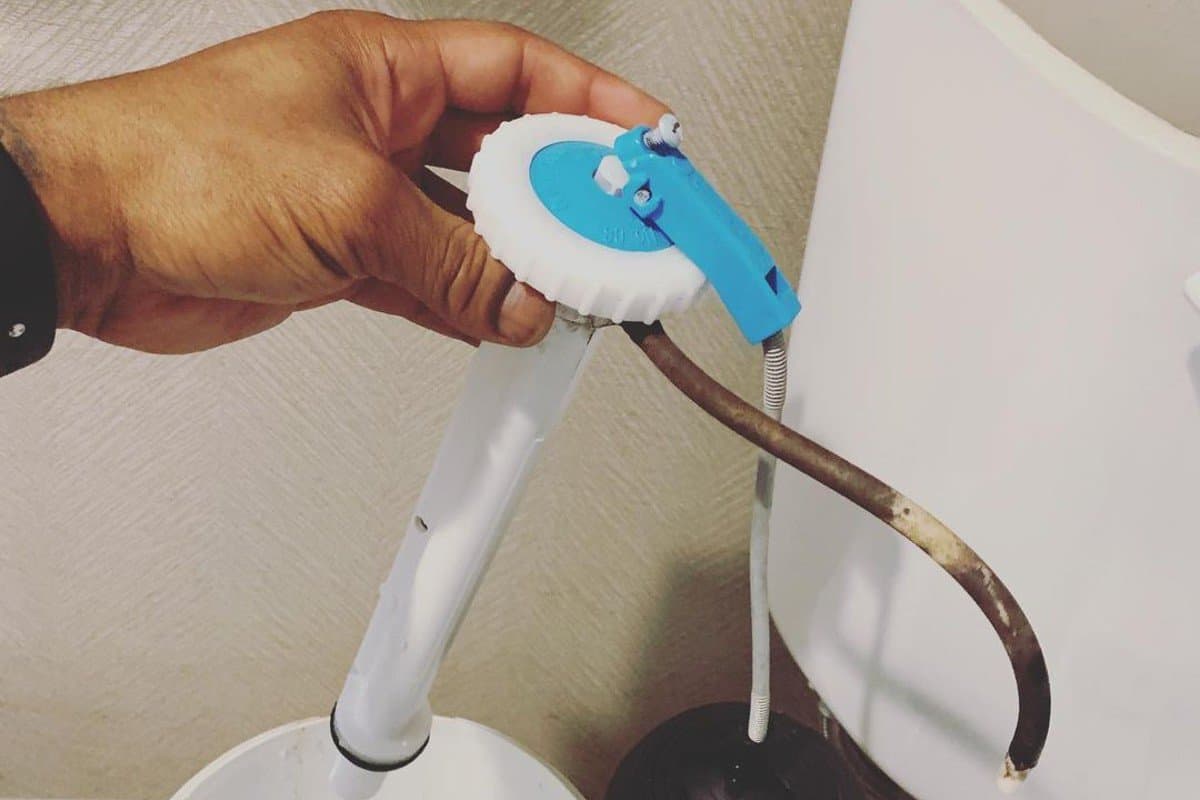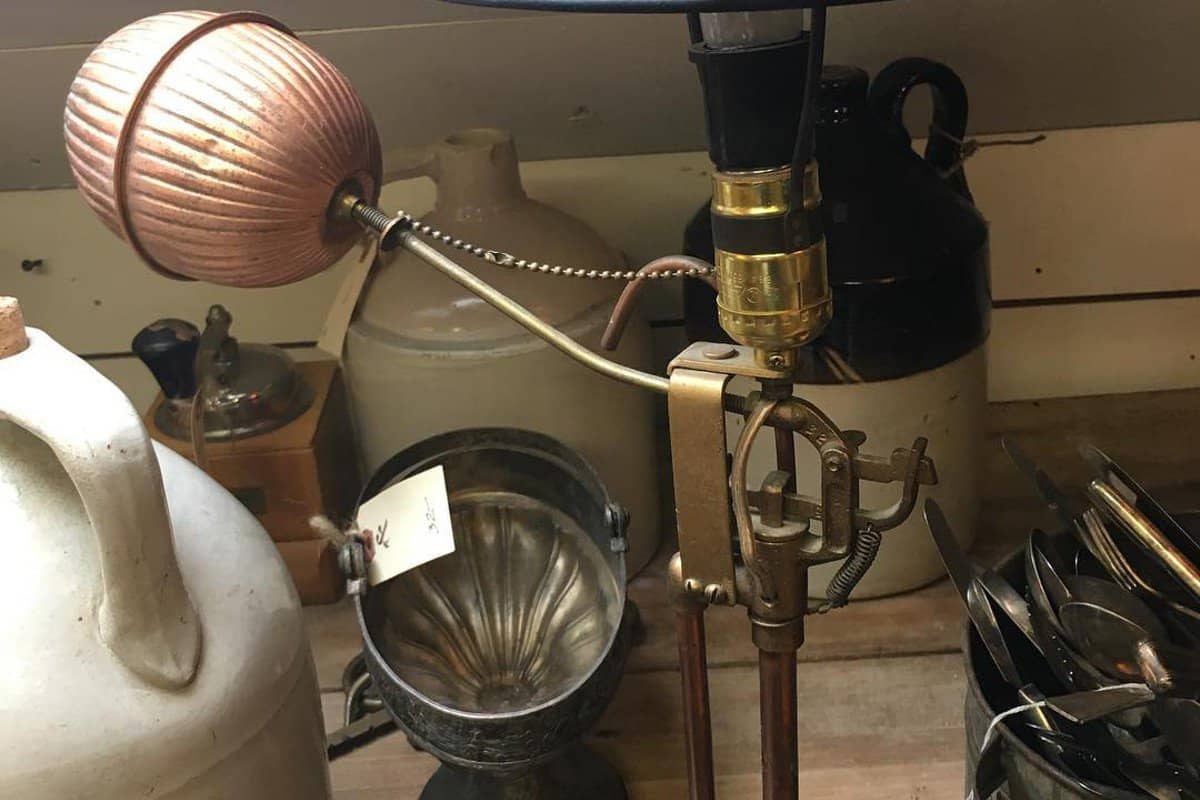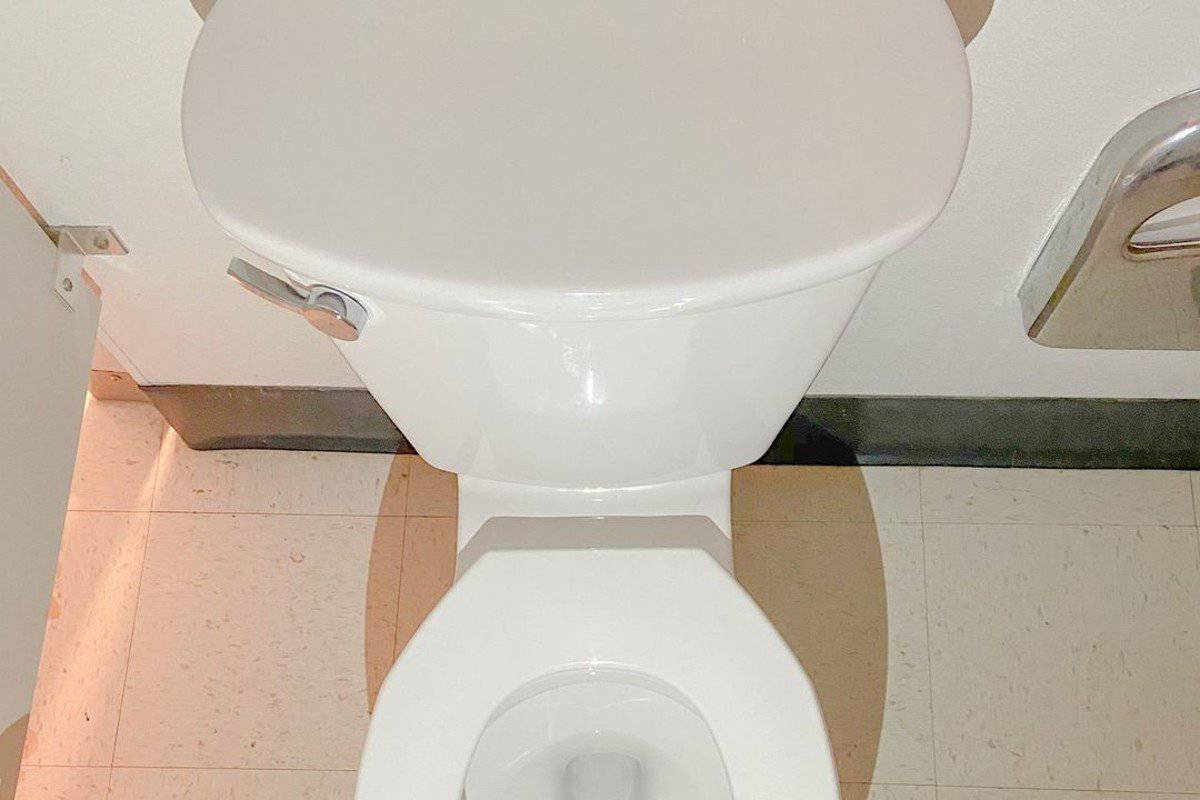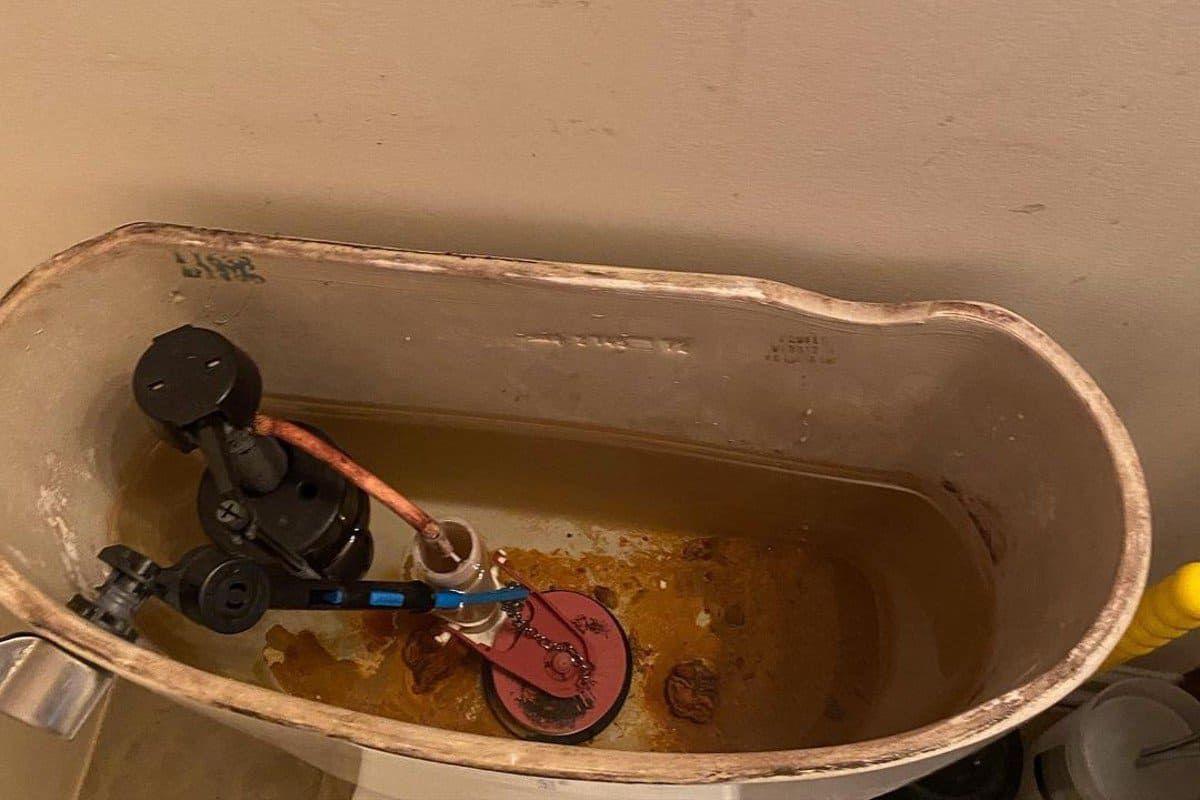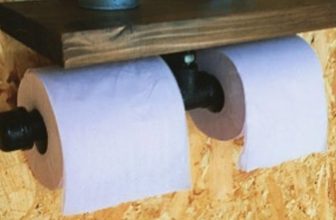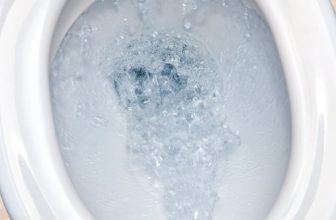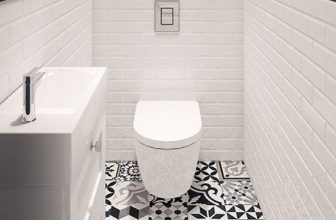If you’ve ever been in a public restroom and had to wait for the toilet to stop running before you could use it, you’re not alone. In fact, this is a common problem that plagues many people. But what can you do about it?
In this article, we’ll explore the causes of why the toilet runs intermittently and offer some tips on how to fix it. We’ll also cover some alternative solutions in case you’re unable to fix the problem on your own. Let’s get started!
What tools do you need?
There are a few tools you might need to fix a running toilet.
One is a plunger. If the toilet is running because of a clog, plunging the toilet might fix the problem.
Another tool you might need is a snake. If the toilet is running because of a clog deep in the drain, a snake might be able to reach it and clear the clog.
Finally, you might need a plumber’s wrench. If the toilet is running because of a faulty valve, tightening the valve with a plumber’s wrench might fix the problem.
Overview of how to stop toilet intermittent running
Are you constantly frustrated by your toilet running intermittently? If so, you’re not alone. This is a common problem that many people experience, but don’t know how to fix.
So, let’s get started!
There are several potential causes why the toilet runs on its own. The following are some of the most common ones.
Possible reasons why toilet can run intermittently
If you’ve ever experienced a toilet that runs intermittently, you know how frustrating it can be. You may have tried to adjust the water level in the tank, but that doesn’t always solve the problem. The reason your toilet is running intermittently may actually have nothing to do with the water level in the tank. Here are a few possible reasons your toilet is running intermittently:
The flapper valve may be defective
The flapper valve is the component in your toilet that opens and closes to allow water to flow into the bowl. If the flapper valve is defective, it may not close properly, which can cause the toilet to run intermittently.
The chain may be too loose
If the chain connecting the flapper valve to the flush lever is too loose, it can cause the flapper valve to stay open, which will result in the toilet running intermittently.
The water level may be too high
If the water level in the tank is too high, it can cause the water to flow into the overflow tube. This will cause the toilet to run intermittently until the tank refills.
The water level may be too low
If the water level in the tank is too low, it can cause the water to siphon out of the tank and into the bowl. This will also cause the toilet to run intermittently until the tank refills.
If you’re experiencing a toilet that runs intermittently, the first thing you should do is identify the cause of the problem. Once you know what’s causing the problem, you can take the appropriate steps to address it.
If the problem is a faulty flapper valve, you can replace the valve yourself or hire a plumber to do it for you. If the problem is a clogged toilet, you can try to clear the clog yourself or hire a plumber to do it for you. If the problem is a leaky toilet tank, you can try to fix the leak yourself or hire a plumber to do it for you. If the problem is a faulty tank ballcock, you can try to fix the ballcock yourself or hire a plumber to do it for you.
If you’re not comfortable trying to fix the problem yourself, you can always hire a plumber to do it for you.
Step 1: Checking the Fill Tube
If you are experiencing a leaky toilet, the first thing you should do is check the fill tube. The fill tube is the part of the toilet that fills up with water each time you flush. If the fill tube is blocked or broken, it can cause the toilet to leak.
Here is how to check the fill tube:
- Flush the toilet and watch the water level in the bowl.
- If the water level is high, the fill tube is blocked and needs to be cleared.
- If the water level is low, the fill tube is broken and needs to be replaced.
If you find that the fill tube is blocked or broken, you will need to clear the blockage or replace the fill tube.
Here are some tips for clearing a blocked fill tube:
- Use a plunger to clear the blockage.
- Use a wire hanger to clear the blockage.
- Use a vacuum cleaner to clear the blockage.
Here are some tips for replacing a broken fill tube:
- Turn off the water supply to the toilet.
- Unscrew the fill valve from the tank.
- Remove the broken fill tube.
- Replace the broken fill tube with a new fill tube.
- Reconnect the fill valve to the tank.
- Turn on the water supply to the toilet.
Step 2: Adjusting the Fill Height
If your toilet is constantly running, even after you’ve tried to adjust the fill height by checking the float, there may be something else causing the problem. In this case, you’ll need to take apart the toilet tank to find and fix the issue.
The fill valve is responsible for regulating the water level in the tank. It is attached to the float, which is in turn connected to the fill valve arm. When the water level reaches a certain point, the float is supposed to rise and shut off the flow of water.
If the float is not rising high enough, or if it’s getting stuck, the water will continue to flow into the tank and the toilet will run constantly. In order to fix this, you’ll need to take the tank apart and adjust the position of the float or the fill valve arm.
If the problem is with the float, you can try moving it up or down to get it to rise higher. If the problem is with the fill valve arm, you may need to bend it a little bit to get it to stay in the correct position.
Once you’ve fixed the float or the fill valve arm, put the tank back together and test the toilet. If it’s still running, there may be another issue that you need to address.
Step 3: Adjusting the Flush Handle and Flapper Chain
If you are having trouble with your toilet flushing properly, the first thing you should do is check the flapper chain. To do this, you will need to adjust the flush handle/flapper chain on your toilet.
The first thing you need to do is remove the tank cover. Once the cover is off, you will see the flapper chain. The chain is usually located on the left side of the tank.
The next thing you need to do is adjust the length of the chain. To do this, you will need to loosen the screw on the chain connector. Once the screw is loose, you can adjust the chain to the desired length.
Once the chain is adjusted, you will need to tighten the screw on the chain connector. Then, reattach the tank cover.
If you are still having trouble with your toilet flushing properly, you may need to replace the flapper. To do this, you will need to remove the tank cover and the flapper.
The flapper is usually located on the bottom of the tank. Once the flapper is removed, you can replace it with a new one.
Then, reattach the tank cover and test the toilet. If the toilet still isn’t flushing properly, you may need to call a professional to help you fix the problem.
Step 4: Replacing the Flapper
If your toilet is constantly running, it may be due to a faulty flapper. The flapper is the part of the toilet that seals the opening between the tank and the bowl, and if it’s not working properly, water will continually flow into the bowl, resulting in a wasted water bill and a noisy toilet. Luckily, replacing the flapper is a quick and easy task that most homeowners can do themselves.
Here’s how to replace the flapper on a toilet:
- Shut off the water supply to the toilet by turning off the valve located behind the toilet.
- Flush the toilet to drain the tank.
- Remove the tank lid and set it aside.
- Locate the flapper and remove the screws that hold it in place.
- Lift the flapper out of the tank and set it aside.
- Install the new flapper by reversing the steps above. Make sure that the flapper is properly seated on the valve seat and that the screws are tight.
- Turn on the water supply and flush the toilet to check for leaks.
If you notice any leaks, tighten the screws on the flapper until the leakage stops. Also, here are some solutions for toilets that are running constantly, just in case.
Toilet Constantly Running
One of the most common household issues that can drive a homeowner crazy is a running toilet flapper. This problem can be caused by a variety of factors, but fortunately, there are some easy fixes that can take care of the issue.
If the toilet flapper is the problem, the first step is to identify what is causing it to run. There are a few things that can cause the flapper to not close properly, and each one will need to be fixed in a different way.
If the flapper is not sealing properly because it is dirty, the first step is to clean it. Use a toothbrush and some vinegar to scrub off any built-up gunk or mineral deposits. Once it is clean, test to see if the flapper is sealing properly.
If the flapper is not sealing properly because it is worn out, it will need to be replaced. To replace the flapper, first shut off the water to the toilet by turning the valve behind it off. Flush the toilet to empty it and then remove the tank lid. The flapper is the rubber piece that is attached to the metal chain. It is usually held in place by two small screws. Remove the screws and replace the flapper with a new one. Be sure to follow the instructions that come with the flapper.
Once the flapper is replaced, turn the water back on and test to see if the toilet is running properly. If it is, put the tank lid back on and replace any screws that were removed. If the toilet is still running, there may be another problem that needs to be fixed.
One possible cause of a running toilet flapper is a leaky tank. If the tank is leaking, the water will seep into the overflow tube and cause the flapper to constantly open and close. To fix this, the tank will need to be repaired.
If the problem is not the flapper, there are a few other things that can cause the toilet to run. One common problem is a clogged toilet. If the toilet is clogged, the water will not be able to flow out of the tank and the flapper will not close properly. To fix a clogged toilet, use a plunger to clear the clog.
If the problem is not the flapper or the toilet is not clogged, there may be a problem with the way the toilet is installed. To fix this, the toilet may need to be re-leveled or the water supply may need to be adjusted.
If none of these fixes work, there may be a problem with the flapper valve itself and it will need to be replaced.
No matter what is causing the running toilet flapper, there are easy fixes that can take care of the problem. By troubleshooting the issue and fixing the problem, the homeowner can save time and money.
FAQ
Why toilet fills intermittently?
There are a few reasons why your toilet might be filling intermittently. One possibility is that the flapper valve is not seating properly, which would cause the tank to fill up and then release water intermittently. Another possibility is that the water level in the tank is too high or too low, which can also cause the tank to fill up and release water intermittently. Finally, if the water supply to your home is interrupted, it may cause your toilet to fill up and release water intermittently.
Who is responsible for fixing a running toilet?
Let’s start with the basics. A running toilet can cost you a lot of money. In fact, the average household loses $200 per year because of running toilets. If your toilet is running, and you’re the homeowner, you’re responsible for fixing it.
Is it expensive to fix toilets running constantly?
Yes, it can be. Running toilets can be expensive, especially if you have a large family that uses a lot of water. According to the EPA, a family of four can use a lot of money every year if their toilet is running.
How often should a toilet be replaced?
The average toilet can run anywhere from two to seven years before it needs to be replaced. This can depend on how often the toilet is used and how old the toilet is. However, if you have a running toilet, the best time to replace the toilet is when it’s still in good shape.
Conclusion
A toilet that runs intermittently can be a big annoyance, but it’s usually an easy problem to fix. By identifying the cause of the problem and taking the appropriate steps to address it, you can have your toilet running like new in no time.
